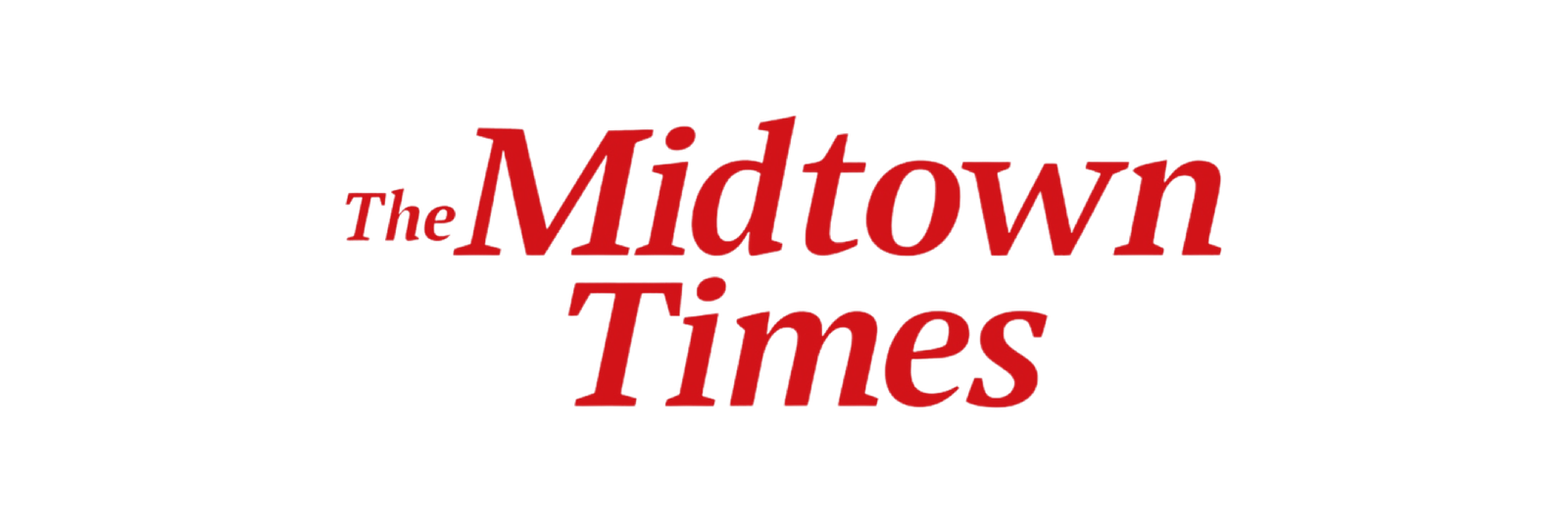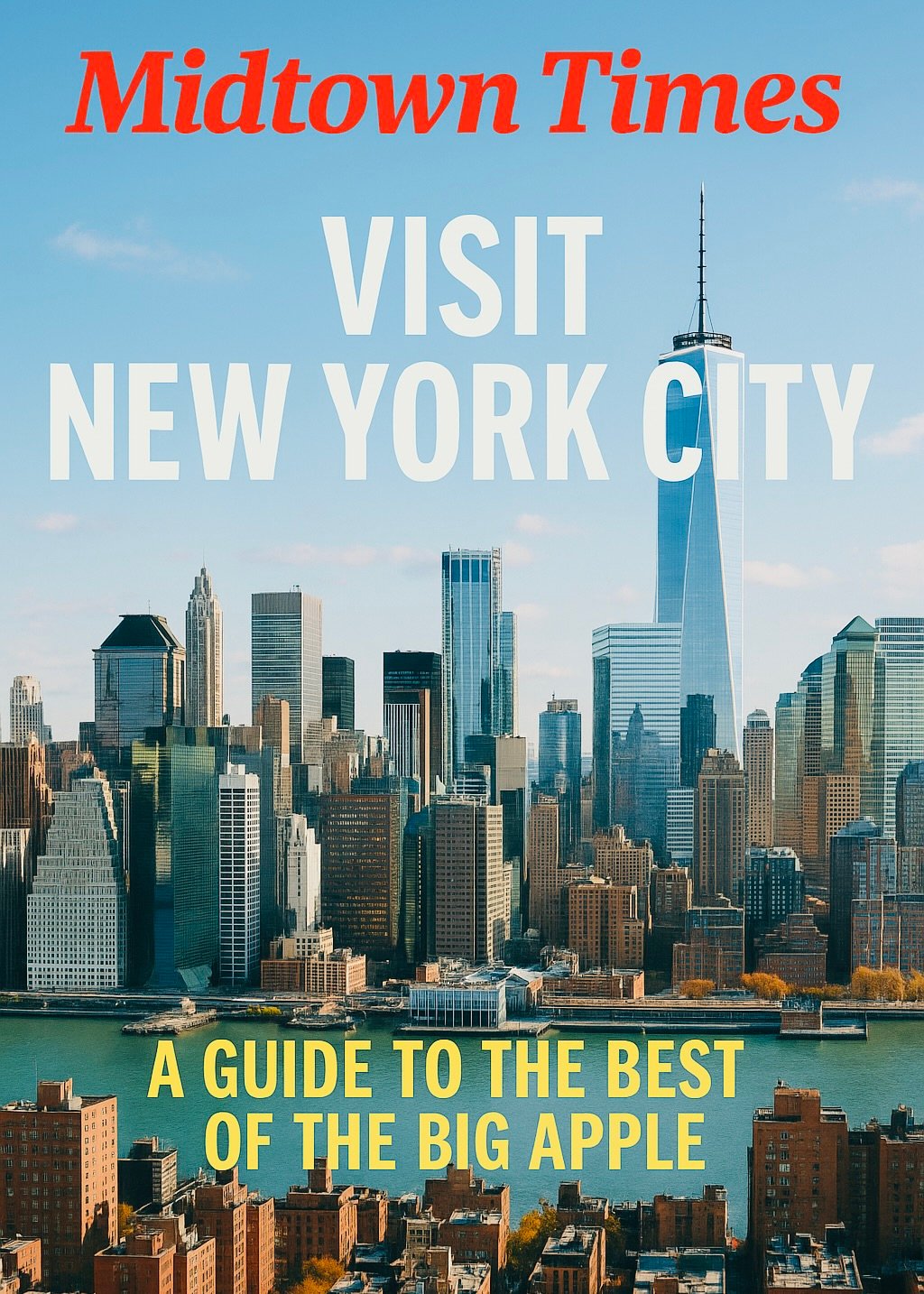Education – With Princeton University announcing the return of standardized testing requirements for undergraduate applicants starting in the 2027 admissions cycle, Columbia University now stands as the last Ivy League institution that remains fully test-optional.
The move marks a growing reversal among elite universities that had paused SAT and ACT requirements during the COVID-19 pandemic. Harvard, Brown, Penn, and Princeton have all recently reinstated testing, citing new data showing that students who submitted test scores tended to perform better academically than those who did not.
But Columbia continues to hold its ground, emphasizing “equity” and “access” in admissions, even as critics argue that the policy may weaken academic rigor and harm the very students it aims to help.
A Shift Back Toward Testing
Princeton’s announcement last week puts the university among a growing number of top institutions acknowledging the value of standardized testing in the admissions process.
“A review of five years of data from the test-optional period found that academic performance was stronger for students who chose to submit scores,” Princeton officials said in a statement.
Their conclusion mirrors research from MIT, which reinstated testing in 2022, arguing that test scores help identify talented students from disadvantaged backgrounds who might otherwise be overlooked.
MIT’s Dean of Admissions Stu Schmill wrote, “There is no necessary tradeoff between diversity and merit. In fact, removing tests hurt the most disadvantaged students, those who didn’t realize their strong scores could actually help them.”
Harvard, Brown, and Penn made similar decisions in 2024, reaffirming that standardized testing remains one of the most objective and useful tools in identifying academic potential across varied school systems.
Columbia’s Lone Stand
By contrast, Columbia University insists its test-optional policy has not diminished academic quality.
“The University continually reviews and assesses our admissions policies to ensure compliance with the law and alignment with our goal to attract strong students,” a Columbia spokesperson told The New York Post. “Our review found no diminishment in academic performance under the test-optional policy.”
Columbia first dropped its testing requirement in 2020, citing pandemic-related barriers such as closed test centers. But five years later, the policy remains, making Columbia an outlier among its Ivy League peers.
Admissions experts suggest the university’s decision is driven more by politics and public perception than by pedagogy.
“Columbia is eliminating one of the most important tools for comparing applicants across regions,” said Chris Rim, CEO of Command Education. “This will make admissions less rigorous, not more holistic.”
The Politics of ‘Equity’ in Education
During the pandemic, standardized tests became a lightning rod in national debates over fairness and racial equity. Influential figures like author Ibram X. Kendi called the SAT and ACT “racist weapons” that reinforce systemic inequality.
Columbia’s Teachers College Press published essays in 2020 arguing that dismantling “racist tests” was part of dismantling white supremacy.
Yet data since then tells a more complicated story. Elite schools that reinstated test requirements, like MIT and Princeton, found that removing standardized testing actually hurt low-income and minority students, who often chose not to submit strong scores out of fear they weren’t good enough.
Critics say that Columbia’s continued resistance reflects a broader ideological stance rather than an evidence-based one.
“There’s a growing belief on the left that objective measures of excellence are oppressive,” said one education policy analyst. “But the data shows the opposite: tests can be pathways to opportunity for underrepresented students.”
The Case for Reform, Not Abolition
Many education experts and policymakers suggest that the real issue isn’t the test itself, but how socioeconomic disparities affect access to preparation. Students from wealthier backgrounds can afford tutors and test prep, giving them an advantage.
One proposed alternative: income-based affirmative action. By adjusting for economic background rather than race, schools could promote equity without abandoning objective measures of merit.
“Why not weigh income instead of race?” Rim said. “That would lift disadvantaged students of all races and restore fairness to the system.”
Midtown Times Analysis: Columbia’s Crossroads
Columbia’s continued test-optional stance raises questions about how elite universities balance academic rigor, diversity, and reputation in a post-affirmative-action era.
While its leadership frames the decision as a commitment to inclusion, it risks sending the opposite message that the institution is retreating from merit-based standards, just as its peers are doubling down on them.
In an increasingly competitive higher education landscape, where schools like Duke and Emory are gaining prestige for academic excellence and fewer political controversies, Columbia’s decision may have long-term consequences.
Columbia’s brand has already been strained by its handling of campus protests and public criticism over free speech and political bias. Maintaining a test-optional policy could further erode its reputation for academic excellence and transparency.
At stake is more than admissions policy; it’s the question of what excellence means in 21st-century higher education.
If Columbia continues to resist reinstating standardized testing, it may soon find itself isolated not only among the Ivies but in the broader conversation about merit, fairness, and the future of elite education.
Adapted from reporting by The New York Post (October 15, 2025), with analysis by The Midtown Times Education Desk.


